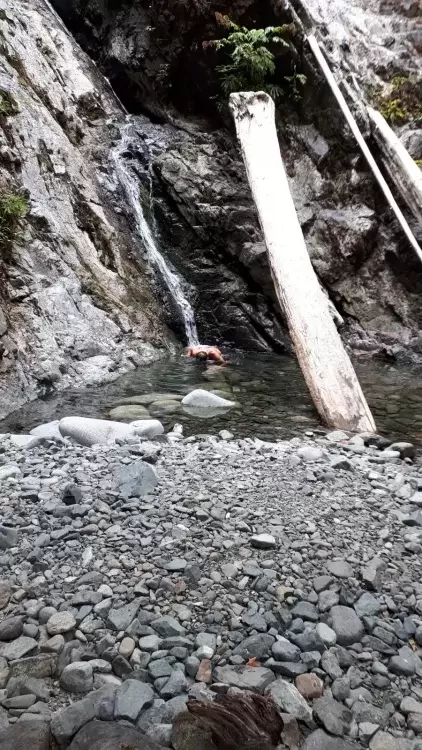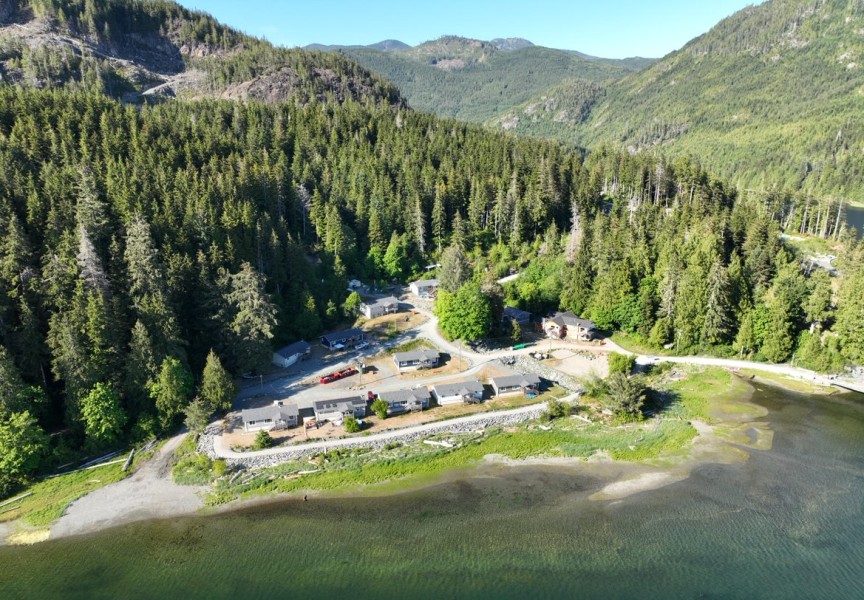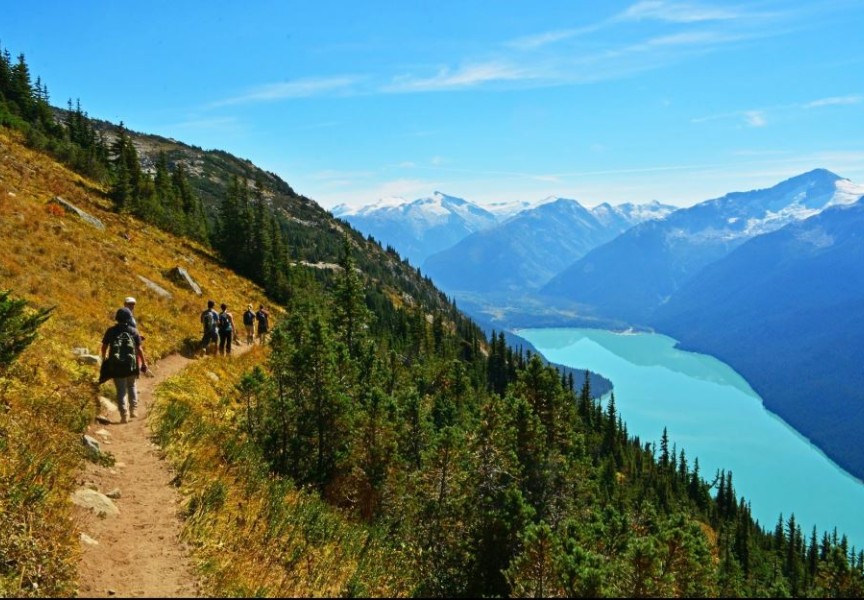Following a spring and summer of almost no precipitation and coupled with record-breaking high temperatures, freshwater resources are under unprecedented stress, according to the Ministry of Forests, Lands, Natural Resource Operations and Rural Development.
As of Friday, Aug. 20th, all of Vancouver Island was at Drought Level 5. This means that there will likely be regulatory action and emergency response preparation on the part of the ministry, including the likelihood of mandatory water restrictions.
The Koksilah River in Duncan is struggling to keep its flows above the Critical Environmental Flow Threshold, and the province is forcing additional limits and cessation of water use in the river.
The provincial drought level system is separate from municipal drought systems.
The City of Port Alberni, for example, has a four-stage water restriction schedule. As of Aug. 23, Port Alberni is at Stage 2 water restrictions, meaning residents may water lawns and gardens on two designated days per week for a set amount of time.
The provincial drought level system is geared towards aquatic resources – namely salmon and other fish stocks in the streams, rivers, and low-lying lakes.
There are six levels of drought on the province’s drought information portal chart. Drought Level 0 indicates no adverse impacts, while at the other end of the scale, Level 5 means adverse impacts are almost certain.
While the Level 5 drought level designation is concerning, NTC Fisheries Biologist Jim Lane says it’s not as much of an issue on the west coast of the island as it is on the east side.
He noted that there are very few stream systems on the west coast that have dams on them.
“Water levels have been low before, it’s the water temperature that is more of an issue,” he stated.
The fish in lower elevation lakes like the Megin, Kennedy, Sproat and Great Central can escape to cooler water downstream, according to Lane. While the water temperature was dangerously high for fish in some lakes, areas of the lower streams are fed by cool ground water springs.
The concern about fish pooling in lower streams is loss of fish through predation or through food competition, or if the stream dries up completely.
“This happens every year,” said Lane, adding that for now, we are not outside of drought ranges from previous years.
The warm temperature in the Somass River could be a problem if the adult salmon migrating upriver to spawn cannot reach cool water.
“At 25C degrees, that becomes lethal for the adult salmon,” said Lane.
But salmon have, in the past, found cool water pockets to wait out the heat.
Lane heard from the Ditidaht fisheries manager who reported water temperature in their river at 16C degrees with ground water-fed pools at 10C degrees.
For now, local First Nations fisheries staff are monitoring the situation in their respective communities.







